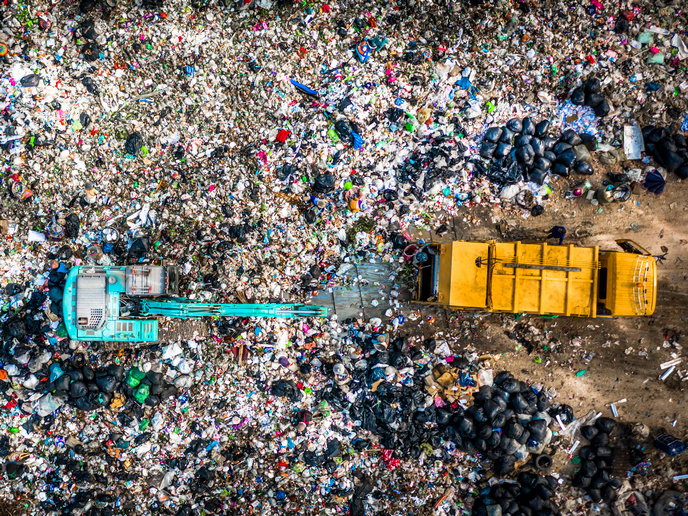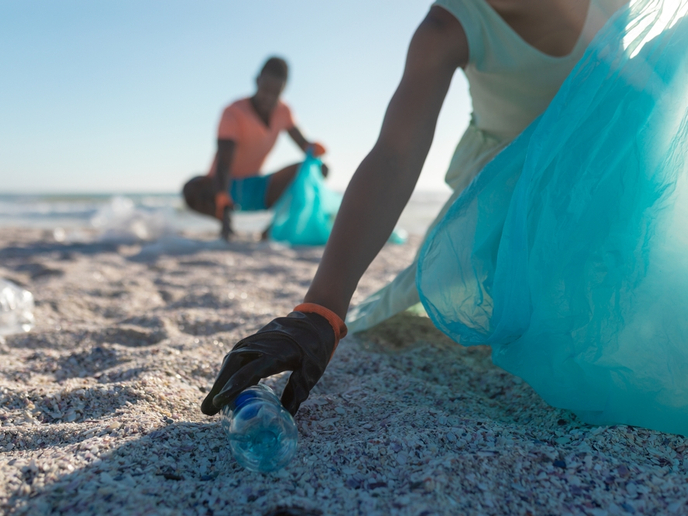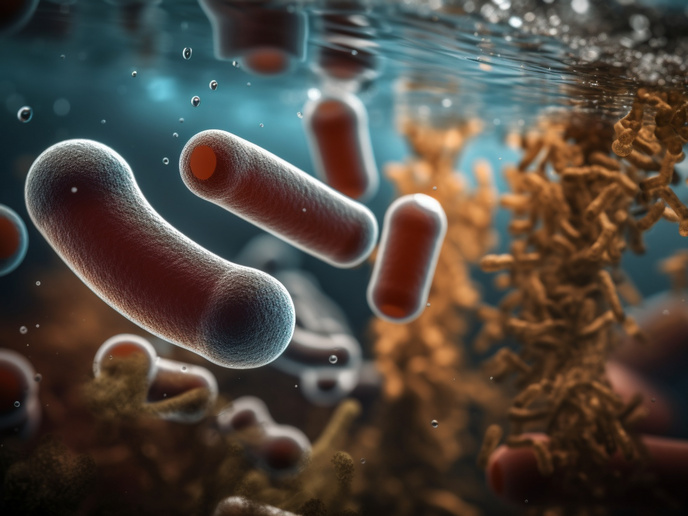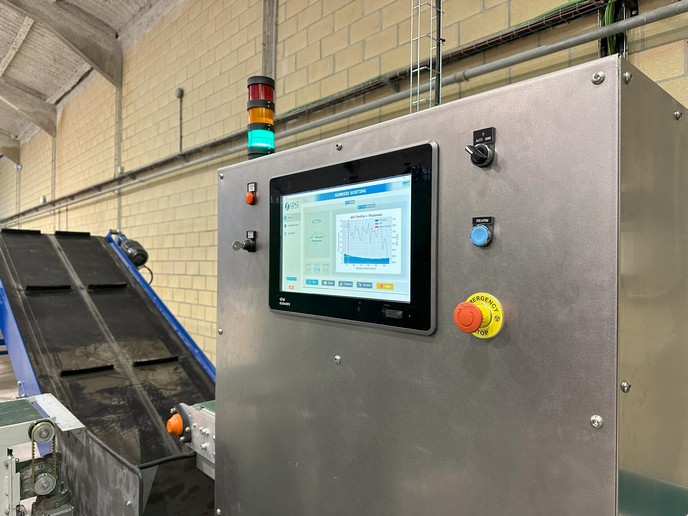Upcycling plastics using enzymes and microbial communities
Growing demand for plastic products poses a global environmental challenge. More than 400 million tonnes of plastics are produced worldwide and a staggering 800 million tonnes are forecast to be produced by 2050. Only a fraction of this plastic is recycled. “This means that a valuable resource gets lost, and our environment is polluted,” says MIX-UP project coordinator Lars Blank from RWTH Aachen University in Germany. “If the amount of plastic produced per year doubles or even triples by 2050, the situation will be completely unsustainable. This is why there is an urgent need to develop novel recycling methods now.”
Addressing bottlenecks in plastic recycling
The key aim of the EU-funded MIX-UP project was to address a key bottleneck in plastic recycling – turning unsorted, mixed plastics into valuable bioplastic that can be used again. The project’s idea was that by using enzyme mixtures and microbial communities to break down plastic products into their constituent monomers, this material could be used again. “If you have ever been to a waste treatment plant where they collect plastic, you can understand the challenge of turning all this waste into pure monomers,” notes Blank. “Low-value plastic is really hard to recycle.”
Identifying enzymes and bacteria that eat plastics
The project built on previous work – such as the EU-funded P4SB project – which identified enzymes and bacteria that eat plastics and break down their molecular bonds, leaving behind reusable monomers. It also took a global approach, bringing European academia and industry together with Chinese counterparts. “Global problems require global solutions and international cooperation,” says Blank. “China and the EU together account for about 50 % of global plastic production, so it made sense to tackle plastic recycling together.” The MIX-UP project demonstrated its novel approach to plastics recycling through a number of pilots in Europe and China. First, unsorted plastic waste was mechanically shredded. Next, mixed enzymes were optimised and applied to the waste. Different enzymes are required to handle different types of plastic. These engineered enzymes broke the plastic polymers down into their constituent components. The resulting monomers were then used as a plastic-derived feedstock and fed to dedicated microbial communities, which bio-converted these components back into bioplastics.
Novel enzymes that perform well in degrading plastics
The project was able to identify and demonstrate several novel enzymes that performed well in degrading various plastics. A large number of papers have been published on this, and results are still coming through. The work also underlined the importance of having plastics in circulation that can be easily broken down. To this end, Blank would like to see more plastic products made with polyhydroxyalkanoates (PHAs). These are polyesters produced in nature by numerous microorganisms, and a key by-product of MIX-UP’s pilot tests. “One of our Chinese partners is opening a 10 000-tonne PHA production plant,” he adds. “This is slowly becoming a reality.” Through a combination of intensive enzyme engineering, metabolic engineering of defined mixed cultures and bioprocess optimisation, MIX-UP has shown how plastics can be broken down by using natural processes. This could open up new economic opportunities by giving value to plastic waste, thus incentivising plastic collection and plastic removal from the environment.
Keywords
MIX-UP, plastics, enzyme, bioplastics, recycling, microbial







